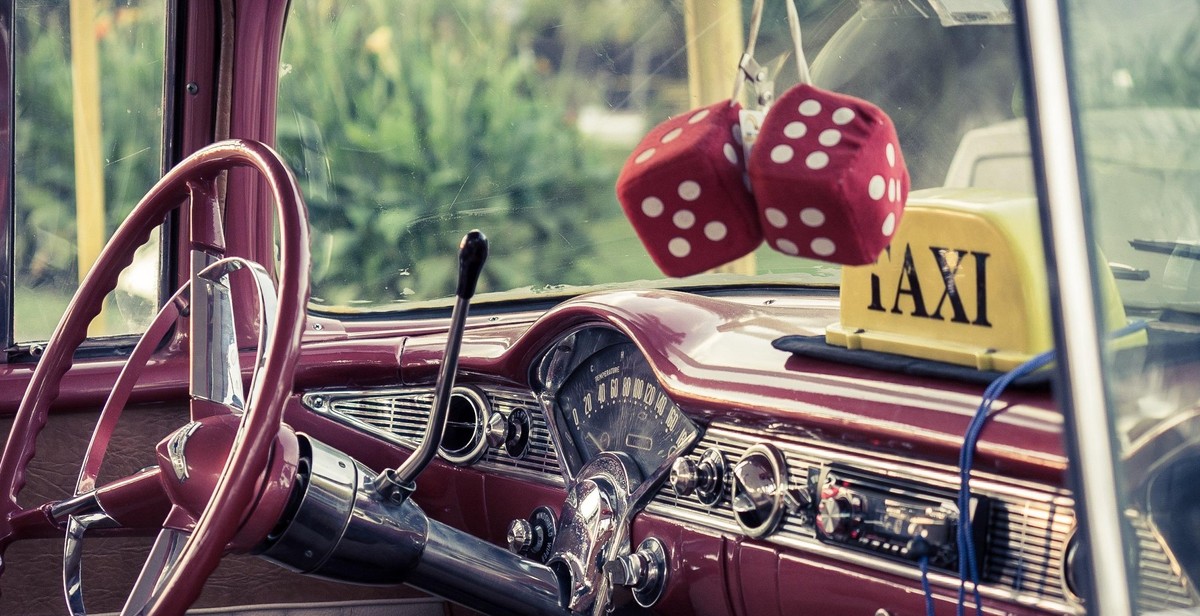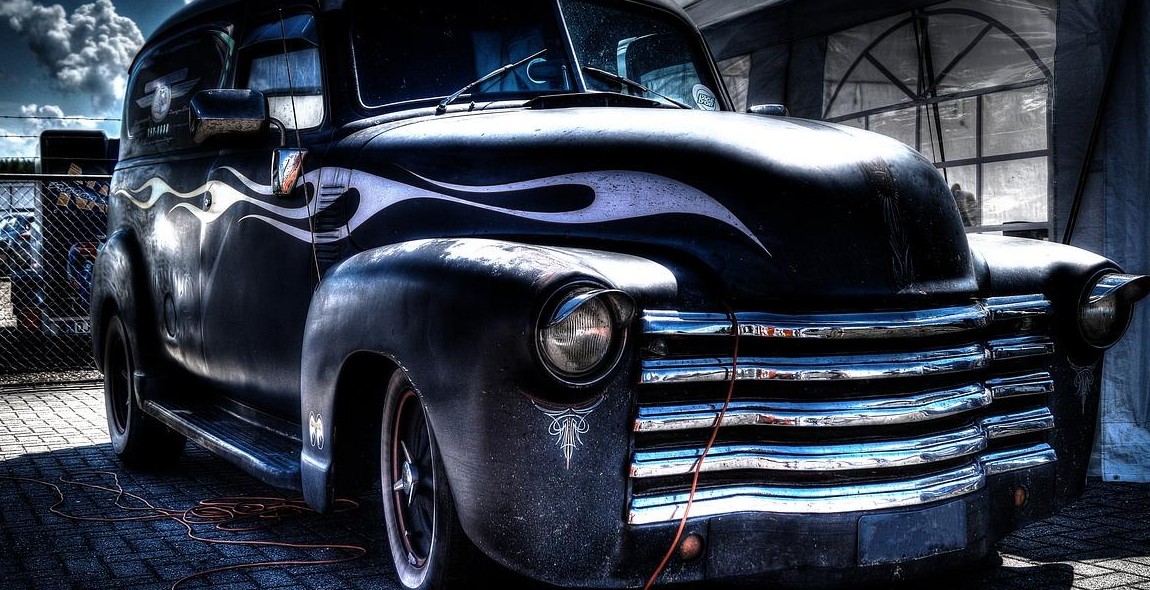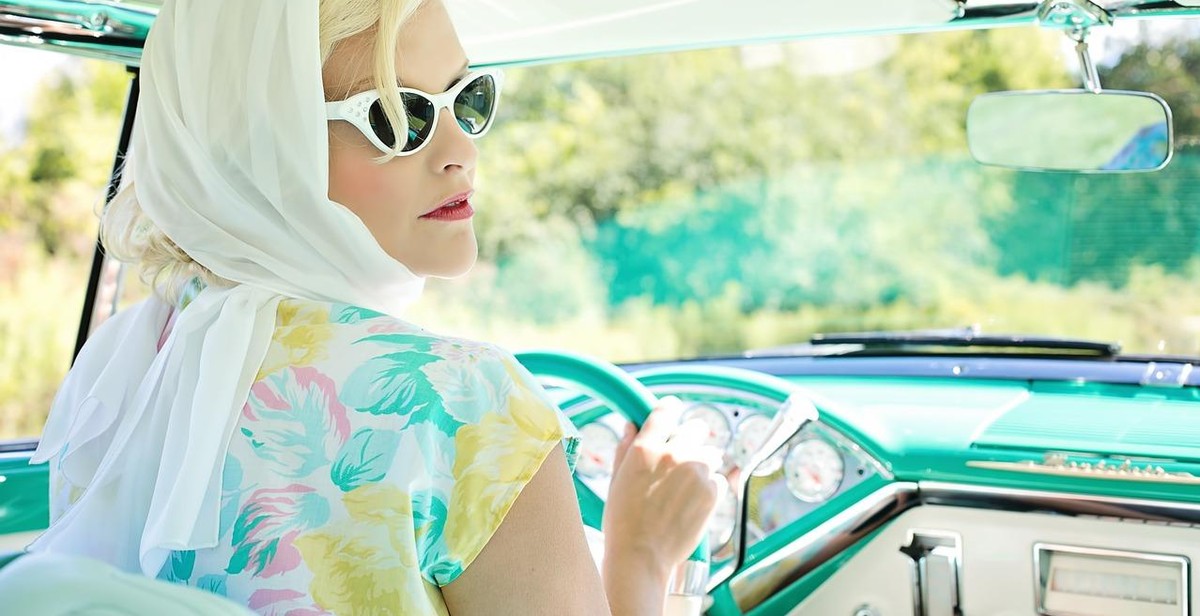How to Troubleshoot and Repair Common Issues in Oldtimer Cars
Oldtimer cars, also known as classic cars, are vintage vehicles that are still on the road today. These vehicles are beloved by many car enthusiasts for their unique style, history, and sentimental value. However, owning an oldtimer car comes with its own set of challenges, as these vehicles require regular maintenance and repair to keep them running smoothly. In this article, we will discuss some of the most common issues that oldtimer car owners face and how to troubleshoot and repair them.
Identifying Common Issues
Before you can start repairing your oldtimer car, you need to identify the issue at hand. Some of the most common issues that oldtimer car owners face include engine problems, electrical issues, brake problems, and suspension issues. These issues can be caused by a variety of factors, including wear and tear, lack of maintenance, and age.
Troubleshooting and Repairing
Once you have identified the issue with your oldtimer car, it’s time to start troubleshooting and repairing. Depending on the issue, you may need to replace parts, clean components, or adjust settings. It’s important to have a basic understanding of how your oldtimer car works and to have the right tools and equipment on hand.
In this article, we will provide step-by-step instructions for troubleshooting and repairing common issues in oldtimer cars. We will also offer tips and advice on how to prevent these issues from occurring in the first place.
Conclusion
In conclusion, owning an oldtimer car can be a rewarding experience, but it also comes with its own set of challenges. By identifying common issues and knowing how to troubleshoot and repair them, you can keep your oldtimer car running smoothly for years to come.

Understanding Oldtimer Cars
Oldtimer cars, also known as classic cars or vintage cars, are vehicles that were manufactured between the 1920s and 1980s. These cars have a unique design, style, and engineering that reflect the era in which they were produced. They are often considered valuable and collectible due to their rarity, historical significance, and cultural value.
Why do People Love Oldtimer Cars?
Oldtimer cars have a special place in the hearts of many people for various reasons. Here are some of the reasons why people love oldtimer cars:
- Design and Style: Oldtimer cars have a unique and timeless design that reflects the era in which they were produced. They have a classic and elegant look that is hard to find in modern cars.
- Historical Significance: Oldtimer cars have played an essential role in the history of the automobile industry. They represent a significant milestone in the evolution of cars and serve as a reminder of the past.
- Cultural Value: Oldtimer cars are often associated with popular culture, movies, and music of the time. They represent a particular lifestyle and attitude that people admire and want to preserve.
- Investment: Oldtimer cars are often considered a valuable investment due to their rarity and historical significance. They can appreciate in value over time, making them a smart investment for collectors and enthusiasts.
Features of Oldtimer Cars
Oldtimer cars have several features that make them unique and different from modern cars. Here are some of the features:
| Feature | Description |
|---|---|
| Design and Style | Oldtimer cars have a unique and timeless design that reflects the era in which they were produced. They have a classic and elegant look that is hard to find in modern cars. |
| Engine and Transmission | Oldtimer cars have a simple and robust engine and transmission system. They are often mechanical and require regular maintenance to keep them running smoothly. |
| Suspension and Brakes | Oldtimer cars have a basic suspension and brake system. They are often less efficient than modern cars and require careful driving to avoid accidents. |
| Interior and Accessories | Oldtimer cars have a simple and functional interior with basic accessories such as a radio, heater, and air conditioning. They often lack modern amenities such as GPS, Bluetooth, and touchscreen displays. |
In conclusion, understanding oldtimer cars is essential for troubleshooting and repairing common issues. These cars have unique features and characteristics that require special attention and maintenance. By knowing what makes oldtimer cars special, you can appreciate their value and heritage and keep them running smoothly for years to come.
Common Issues in Oldtimer Cars
Oldtimer cars are a symbol of classic style and nostalgia. However, owning and maintaining an oldtimer car can be a challenging task. These cars require regular maintenance and repair to keep them running smoothly. Here are some of the most common issues that oldtimer car owners face:
Engine Problems
The engine is the heart of any car, and oldtimer cars are no exception. Engine problems are common in oldtimer cars, especially if they have not been well-maintained. Some of the common engine problems include:
- Overheating
- Oil leaks
- Low oil pressure
- Poor fuel economy
- Lack of power
These problems can be caused by a variety of factors, including worn-out parts, dirty filters, and poor maintenance. Regular oil changes, tune-ups, and inspections can help prevent these issues.
Transmission Problems
The transmission is responsible for transferring power from the engine to the wheels. Oldtimer cars with manual transmissions are more prone to problems than those with automatic transmissions. Some of the common transmission problems include:
- Difficulty shifting gears
- Slipping gears
- Clutch problems
- Leaking fluid
These problems can be caused by worn-out or damaged parts, lack of fluid, or poor maintenance. Regular inspections and fluid changes can help prevent these issues.
Brake Problems
The brakes are one of the most important safety features of any car. Oldtimer cars with drum brakes are more prone to problems than those with disc brakes. Some of the common brake problems include:
- Squeaking or grinding noise
- Soft or spongy brake pedal
- Poor brake performance
- Leaking brake fluid
These problems can be caused by worn-out or damaged brake pads, drums, or rotors, lack of fluid, or poor maintenance. Regular inspections and brake pad replacements can help prevent these issues.
Electrical Problems
The electrical system is responsible for powering the lights, radio, and other accessories in the car. Oldtimer cars with outdated electrical systems are more prone to problems than those with modern systems. Some of the common electrical problems include:
- Dead battery
- Blown fuses
- Malfunctioning alternator
- Wiring problems
These problems can be caused by worn-out or damaged parts, lack of maintenance, or improper installation. Regular inspections and replacements can help prevent these issues.
Suspension Problems
The suspension system is responsible for providing a smooth ride and handling. Oldtimer cars with outdated suspension systems are more prone to problems than those with modern systems. Some of the common suspension problems include:
- Uneven tire wear
- Poor handling
- Excessive bouncing or shaking
- Sagging suspension
These problems can be caused by worn-out or damaged parts, lack of maintenance, or improper installation. Regular inspections and replacements can help prevent these issues.
| Issue | Cause | Prevention |
|---|---|---|
| Engine problems | Worn-out parts, dirty filters, poor maintenance | Regular oil changes, tune-ups, inspections |
| Transmission problems | Worn-out or damaged parts, lack of fluid, poor maintenance | Regular inspections, fluid changes |
| Brake problems | Worn-out or damaged brake pads, drums, or rotors, lack of fluid, poor maintenance | Regular inspections, brake pad replacements |


